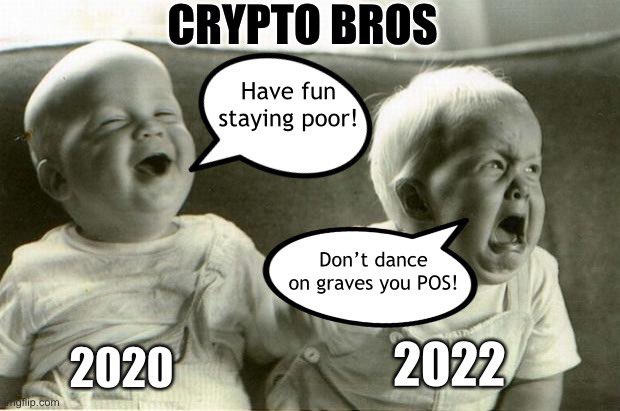This podcast episode brought to you by Covey — Covey is designed to find, reward, and train the next top investment managers —from any background—that anyone can copy, so everyone can win.
Michael Pisani, aka Options Mike, joins the podcast to discuss why he’s anticipating a year-end rally in stocks.
Content Highlights
- It’s been a tough year for stocks and risk assets. That may be about to change (2:10);
- Jerome Powell and the Fed have twice this year fooled markets into anticipating a pivot. But something has changed and the FOMC is no longer unanimous with its hawkishness (4:04);
- There is still a lot of cash still on the sidelines (6:46);
- Specific areas of the market Pisani likes here. And specific stocks, primarily Ford (F) and to a lesser extent General Motors (GM), both as longterm plays (11:42);
- Another stock he’s bullish on: Snowflake (SNOW) and several that are candidates to go to zero (12:33);
- An easy contrarian play: ARK Innovation ETF (ARKK). Yes, really (15:46);
- Pisani’s take on cryptos (18:31);
- Background on the guest (23:44).
More on Options Mike
- Website: SmartOptionTrading.com;
- Twitter: @OptionsMike.
Not intended as investment advice.


